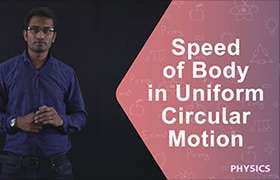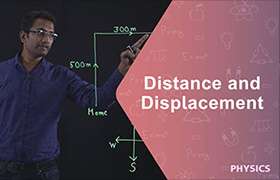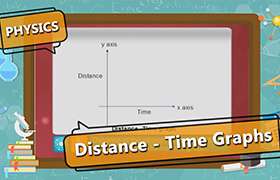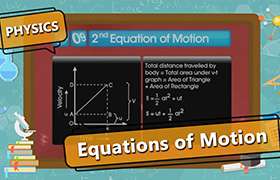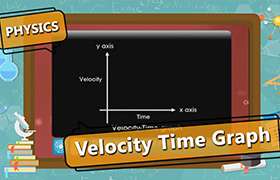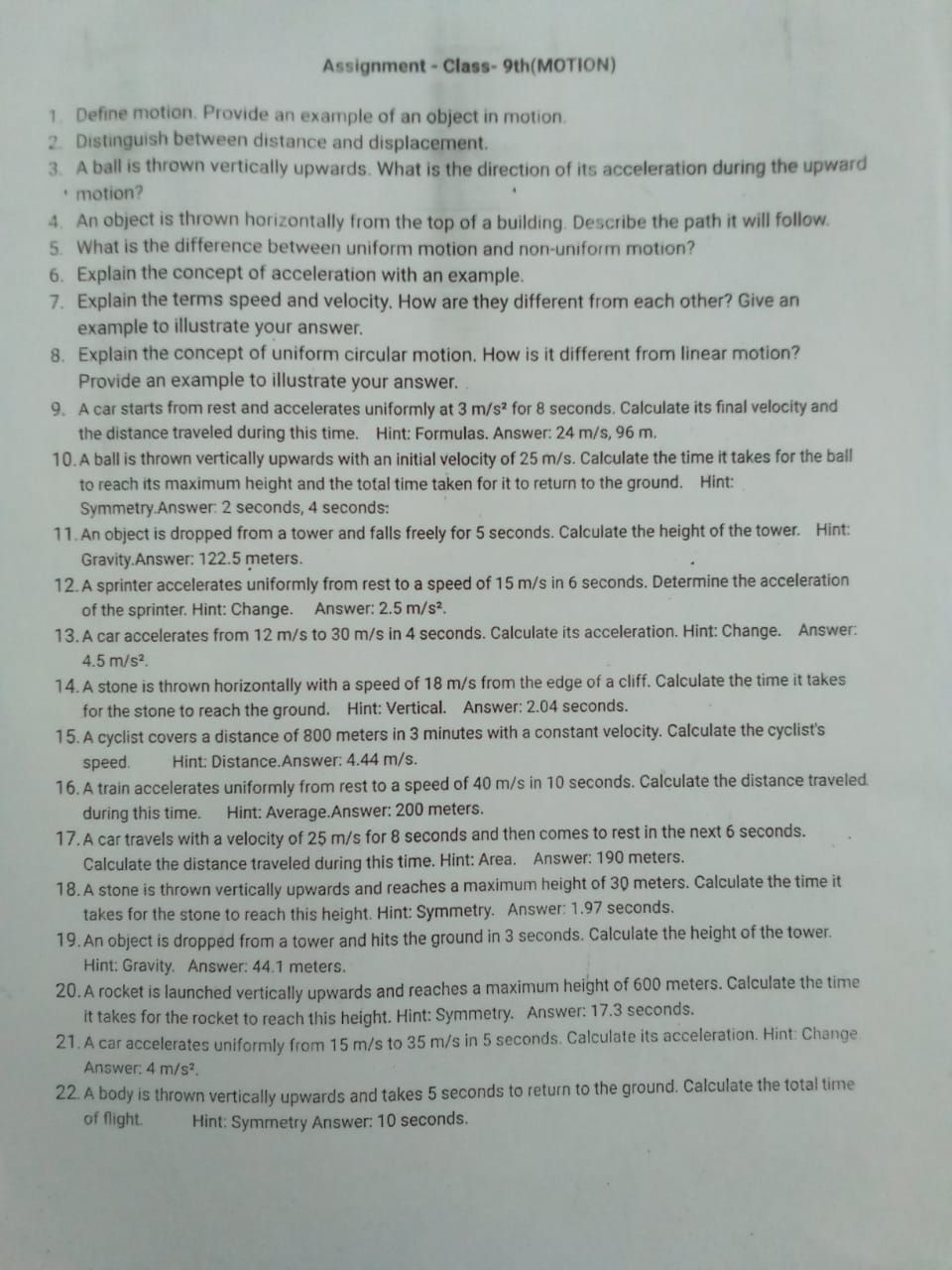CBSE Class 9 Answered
Asked by Tushar Verma | 06 Jun, 2014, 10:52: AM
When a particle undergoes uniform circular motion, it has both linear and angular velocity.
The linear velocity is the velocity of particle at any instant (represented by u or v). It's direction at any point on the circle is along the tangent to that point.
The angular velocity is the rate of change of angle swept by the particle from centre with time (represented by  ) .
) .
 ) .
) . 
Angular velocity  =
=  ,
,
 =
=  ,
,where  is the angle swept in 1 complete rotation (in radians) and T is the time taken for one complete rotation (Also called as Time period)
is the angle swept in 1 complete rotation (in radians) and T is the time taken for one complete rotation (Also called as Time period)
 is the angle swept in 1 complete rotation (in radians) and T is the time taken for one complete rotation (Also called as Time period)
is the angle swept in 1 complete rotation (in radians) and T is the time taken for one complete rotation (Also called as Time period)now the relationship between linear and angular velocity is 

where r is the radius of the circular path
substituting the value of  in above relation.
in above relation.
 in above relation.
in above relation. v = r 

Answered by Ravindra Kapal | 06 Jun, 2014, 01:42: PM
Application Videos
Concept Videos
CBSE 9 - Physics
Asked by mailtoparvathyprajith | 06 Feb, 2024, 09:50: PM
CBSE 9 - Physics
Asked by mailtoparvathyprajith | 06 Feb, 2024, 09:10: PM
CBSE 9 - Physics
Asked by sapnamantri05 | 24 Nov, 2023, 04:54: PM
CBSE 9 - Physics
Asked by ashrithpandu84 | 09 Oct, 2023, 08:09: PM
CBSE 9 - Physics
Asked by janhavisoni2099 | 02 Oct, 2023, 05:20: PM
CBSE 9 - Physics
Asked by durgesh21332 | 06 Sep, 2023, 06:17: PM
CBSE 9 - Physics
Asked by sagrawal0081 | 18 Aug, 2023, 05:04: PM
CBSE 9 - Physics
Asked by ketkiparasgandhi | 05 Jul, 2023, 08:02: PM
CBSE 9 - Physics
Asked by leena3732 | 15 Jun, 2023, 09:42: AM

